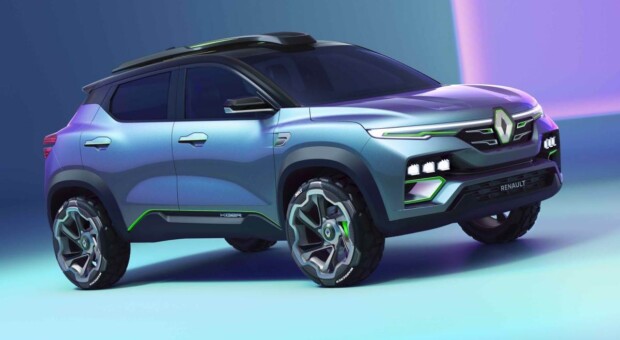
Beneath the sleek exteriors of our beloved vehicles lies a symphony of meticulously engineered components, each playing a crucial role in orchestrating the ballet of motion we experience on the road. This comprehensive exploration delves into the intricacies of essential car parts, shedding light on the engineering marvels that power, propel, and protect the vehicles we depend on every day.
1. The Heartbeat: Engine and Powertrain Components
Internal Combustion Engines:
At the core of every car’s power lies the internal combustion engine, a marvel of engineering that converts fuel into the kinetic energy that propels the vehicle. Whether powered by gasoline or diesel, engines come in various configurations, each designed for optimal efficiency and performance.
Transmission Systems:
Working in tandem with the engine, the transmission system ensures the seamless transfer of power to the wheels. From automatic to manual and increasingly popular CVTs (Continuously Variable Transmissions), the transmission plays a pivotal role in controlling speed and torque, adapting to driving conditions for a smooth and efficient ride.
2. The Pillars of Support: Suspension and Steering Components
Suspension Systems:
The suspension system is the unsung hero of ride comfort and vehicle stability. Comprising components like shocks, struts, and springs, the suspension system absorbs bumps and road imperfections, ensuring a smooth and controlled ride. Advanced suspension technologies, including adaptive and air suspensions, enhance both comfort and performance.
Steering Mechanisms:
The ability to navigate the road with precision owes much to the steering system. Whether traditional hydraulic power steering or modern electric power steering, these systems enable drivers to control the direction of the vehicle effortlessly. Innovations like steer-by-wire hint at the future, promising enhanced responsiveness and efficiency.
3. Guardians of Safety: Brakes and Tires
Braking Systems:
Safety takes center stage with the braking system, a complex assembly of components designed to bring vehicles to a controlled stop. Disc brakes, drum brakes, and emerging technologies like regenerative braking in electric vehicles showcase the continuous evolution of braking systems in ensuring driver and passenger safety.
Tire Technology:
The only point of contact between the vehicle and the road, tires play a critical role in stability, traction, and overall safety. From all-season to performance and off-road tires, advancements in tire technology focus on durability, fuel efficiency, and grip to optimize performance under diverse driving conditions.
4. The Nervous System: Electrical and Electronic Components
Electrical Systems:
Modern vehicles rely heavily on intricate electrical systems to power everything from lights and entertainment systems to essential engine components. Alternators, batteries, and wiring ensure a steady flow of electrical energy, supporting both comfort and functionality.
Electronic Control Units (ECUs):
Central to the modern car’s functionality are Electronic Control Units or ECUs. These sophisticated computers manage various systems, from engine performance and emissions to advanced driver-assistance features. As vehicles become smarter, ECUs contribute to increased efficiency and safety.
5. Shields and Comfort: Body and Interior Components
Vehicle Body Structure:
The vehicle’s body is not just about aesthetics; it serves as a protective shell. Advanced materials, including high-strength steel, aluminum, and composite materials, contribute to structural integrity, crash safety, and overall durability.
Interior Components:
From the dashboard to seating materials and infotainment systems, interior components enhance the driving experience. Comfort features like climate control, ergonomic design, and connectivity options transform vehicles into personalized and enjoyable spaces for drivers and passengers alike.
Conclusion:
As we traverse the highways and byways, it’s essential to appreciate the symphony of motion conducted by the myriad car parts working in harmony. From the powerhouse of the engine to the safety guardians of brakes and tires, every component contributes to the dynamic and reliable performance of our vehicles. This exploration not only underscores the engineering marvels behind the automotive world but also celebrates the ongoing innovations that propel us into a future of safer, more efficient, and enjoyable journeys on the open road
















